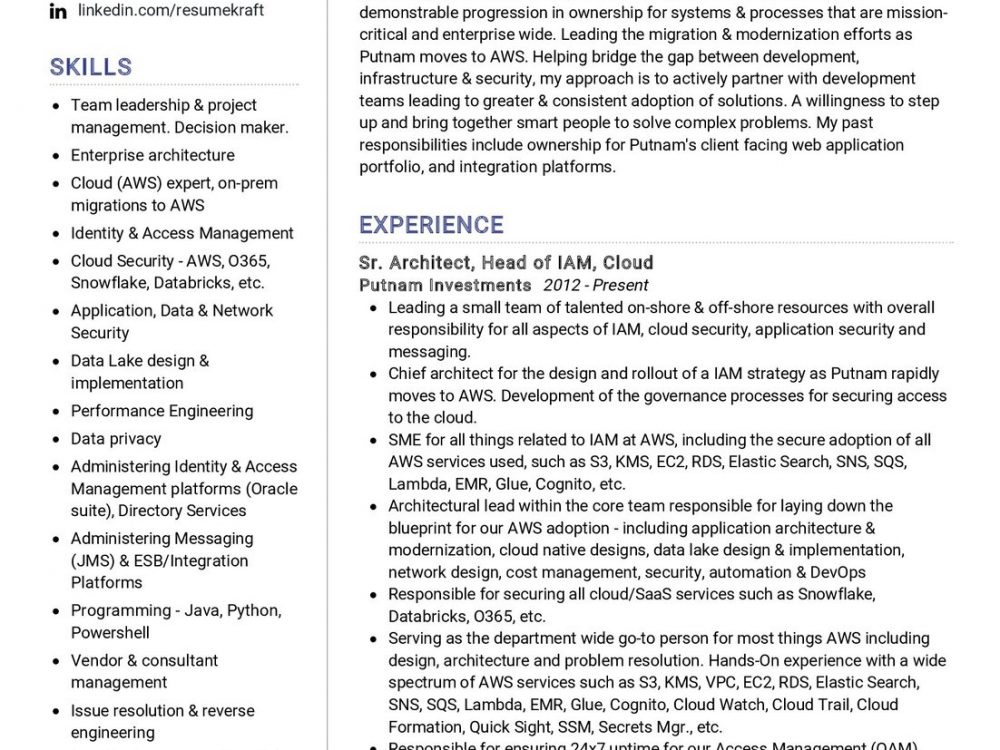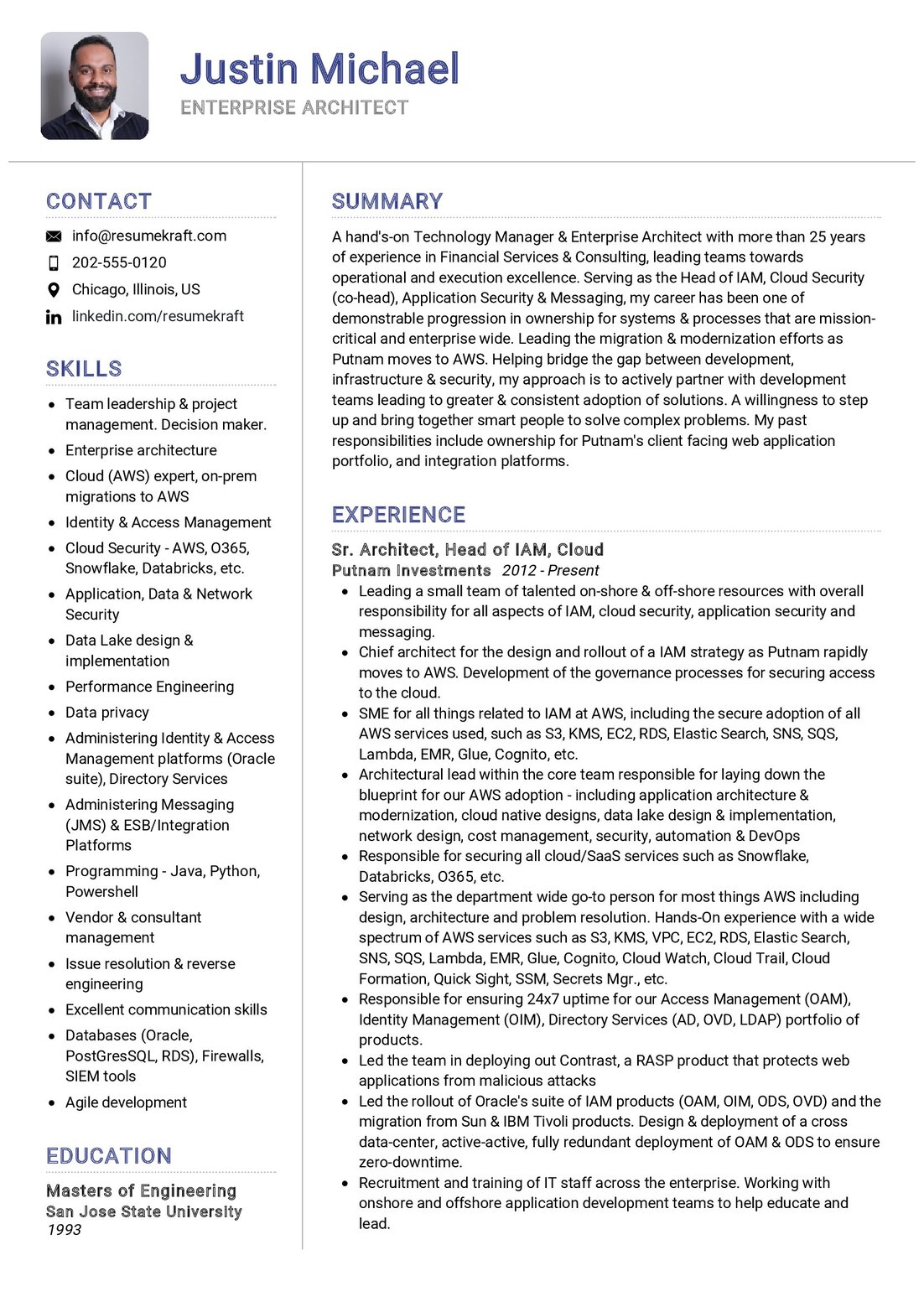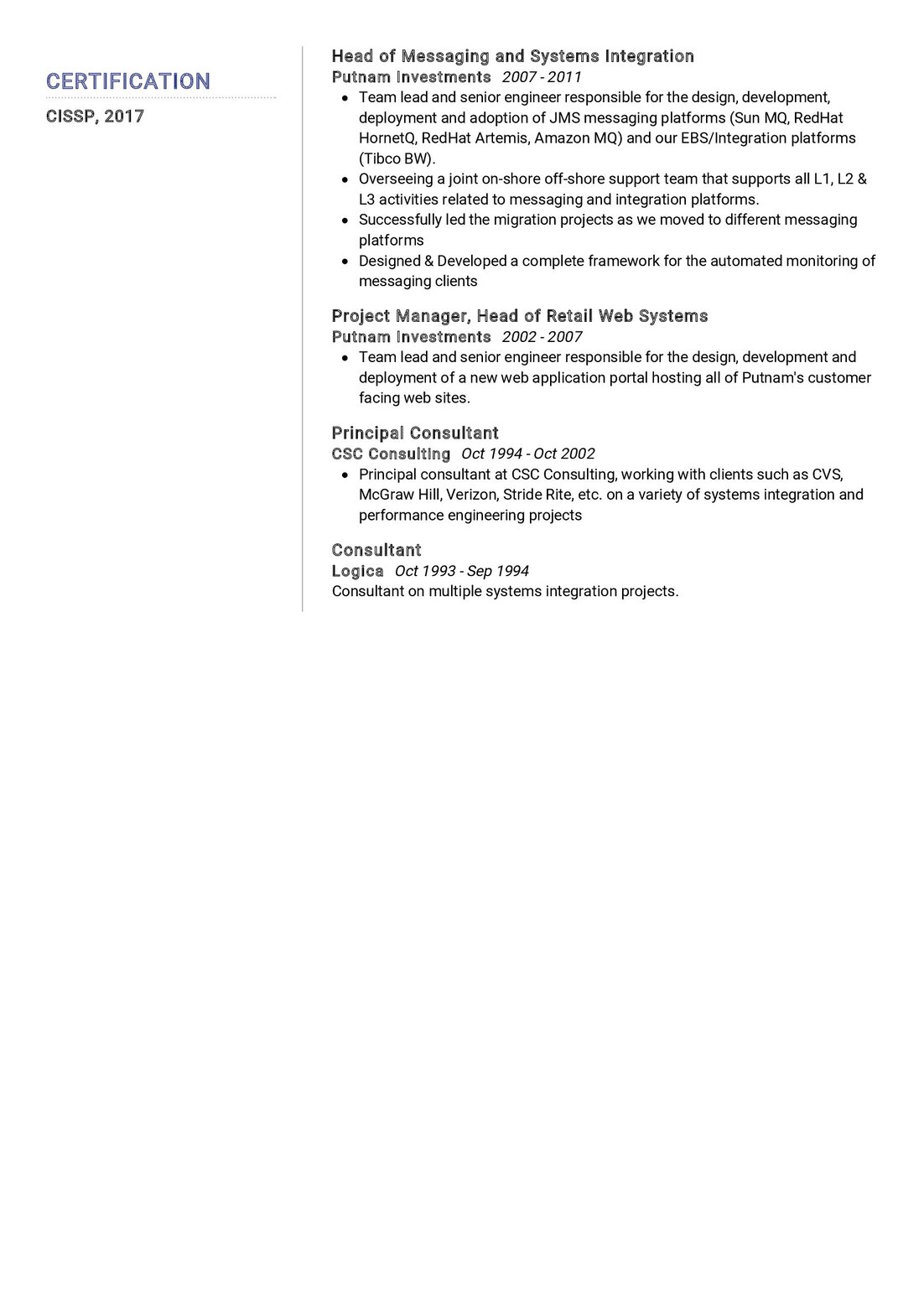Exploring the Role of an Enterprise Architect
In today’s rapidly evolving technological landscape, the role of an Enterprise Architect is more crucial than ever. This position is a delicate blend of strategic thinking and technical expertise, steering organizations towards optimal IT solutions. Let’s delve deeper into the multifaceted role of an Enterprise Architect, a position that demands a profound understanding of enterprise systems coupled with the ability to architect and implement robust solutions.
An Enterprise Architect plays a pivotal role in aligning an organization’s IT infrastructure with its business goals. They are responsible for designing and overseeing the implementation of complex systems that cater to the unique needs of the enterprise. Often, they act as the bridge between technical teams and upper management, translating business requirements into technical solutions.
Key Requirements for an Enterprise Architect Role
To step into the shoes of an Enterprise Architect, certain prerequisites need to be met. This journey involves a combination of education, experience, and a diverse skill set. Let’s explore the essential requirements:
- A Bachelor’s or Master’s degree in Computer Science, Information Technology, or a related field, showcasing a solid foundation in the technical domain.
- Extensive experience in enterprise-level architecture, demonstrating a track record of successful implementations.
- Strong leadership and communication skills, honed through practical experiences and possibly through relevant courses and certifications.
- Expertise in various enterprise architecture frameworks, such as TOGAF or Zachman, showcasing a comprehensive understanding of industry best practices.
- Proficiency in modeling and visualization tools, essential for translating architectural designs into practical solutions.
- Ability to analyze and solve complex problems, a skill developed through years of experience in the field.
Securing additional certifications in enterprise architecture can significantly enhance your profile in the competitive job market.
Responsibilities of an Enterprise Architect
The role of an Enterprise Architect is multifaceted, encompassing a wide range of responsibilities that contribute to the organization’s overall success. Let’s explore the key responsibilities associated with this role:
- Developing and maintaining an enterprise-wide architecture strategy that aligns with business objectives.
- Collaborating with cross-functional teams to design and implement scalable and secure IT solutions.
- Assessing and recommending emerging technologies that can drive innovation and efficiency within the organization.
- Ensuring that IT systems and applications are aligned with industry standards and compliance requirements.
- Providing technical leadership and guidance to development teams throughout the project lifecycle.
- Conducting regular reviews and assessments to ensure the ongoing effectiveness of the enterprise architecture.
- Communicating complex technical concepts to non-technical stakeholders in a clear and concise manner.
Each responsibility is a thread in the fabric of an Enterprise Architect’s daily work, contributing to the seamless operation of the organization’s IT landscape.
Crafting an Effective Enterprise Architect Resume
When crafting your resume for an Enterprise Architect position, it’s essential to highlight your unique strengths and experiences. Here are some tips to help you create a compelling resume:
- Emphasize your leadership roles, showcasing instances where you have led teams to successful architectural implementations.
- Detail specific projects you have spearheaded, outlining the impact they had on the organization’s IT infrastructure.
- Quantify your achievements with metrics, providing a clear picture of your contributions through numbers.
- List relevant certifications and training programs, demonstrating your commitment to continuous learning in the field of enterprise architecture.
- Customize your resume for each application, aligning your skills and experiences with the specific requirements of the job description.
Your resume is a canvas where you paint the story of your career journey, so make it compelling and authentic.
Enterprise Architect Resume Summary Examples
Your resume summary is the opening act of your career story, setting the stage for what is to follow. Here are some examples to inspire you:
- “Experienced Enterprise Architect with a proven track record in designing and implementing scalable IT solutions for Fortune 500 companies.”
- “Strategic thinker and technical expert with over 15 years of experience in enterprise architecture, driving innovation and efficiency through cutting-edge solutions.”
- “Dedicated Enterprise Architect with expertise in aligning IT strategies with business goals, leading teams to successful project implementations.”
Each summary is a window into your career, offering a glimpse of your journey, your strengths, and your vision as an Enterprise Architect.
Building Your Enterprise Architect Experience Section
Your experience section is the heart of your resume, pulsating with the rich experiences you have gathered over the years. Here are some examples to guide you:
- “Led the architectural design and implementation of a cloud-based solution, resulting in a 30% improvement in system scalability.”
- “Pioneered the adoption of a microservices architecture, enhancing system flexibility and reducing time-to-market by 20%.”
- “Provided technical leadership for a team of developers in the successful migration of legacy systems to a modernized architecture.”
Each experience is a chapter in your career book, narrating tales of challenges met, solutions found, and successes achieved.
Education Section for Your Enterprise Architect Resume
Your educational journey is the foundation upon which your career stands. Here’s how you can list your educational milestones:
- Master of Science in Computer Science, XYZ University, a journey of deep learning and specialization, 2010.
- Bachelor of Technology in Information Technology, ABC University, the building block of your IT career, 2006.
- TOGAF Certified Enterprise Architect, a testament to your expertise in enterprise architecture, 2012.
Each educational qualification is a stepping stone, leading you to the pinnacle of success in your career as an Enterprise Architect.
Essential Skills for an Enterprise Architect Resume
Your skill set is your toolbox, equipped with a diverse range of tools that you have honed over the years. Let’s list down the essential skills that an Enterprise Architect should possess:
Soft Skills:
- Leadership and team management, the ability to guide teams towards successful architectural implementations.
- Communication and interpersonal skills, crucial for conveying complex technical concepts to non-technical stakeholders.
- Problem-solving abilities, the knack of finding solutions to intricate architectural challenges.
- Strategic thinking, the ability to align IT strategies with overall business objectives.
- Adaptability and resilience, crucial in navigating the evolving landscape of enterprise architecture.
Hard Skills:
- Expertise in enterprise architecture frameworks, such as TOGAF or Zachman.
- Proficiency in modeling and visualization tools like Enterprise Architect or IBM Rational Software Architect.
- Experience with cloud computing platforms and services.
- Knowledge of security architecture and best practices.
- Understanding of emerging technologies and their potential impact on enterprise architecture.
Each skill is a tool, aiding you in architecting and implementing effective solutions for the enterprise.
Common Mistakes to Avoid When Writing an Enterprise Architect Resume
As you craft your resume, it’s crucial to steer clear of common pitfalls that can hinder your chances of landing your dream job. Here are some mistakes to avoid:
- Using generic terms without showcasing your unique contributions to previous projects.
- Focusing solely on technical skills without highlighting your leadership and communication abilities.
- Neglecting to customize your resume for each application, missing the opportunity to align with specific job requirements.
- Overloading your resume with technical jargon that might be unfamiliar to non-technical recruiters.
- Skipping the proofreading process, which can leave a negative impression on potential employers.
Each mistake is a potential roadblock; avoid them to craft a resume that effectively communicates your value as an Enterprise Architect.
Key Takeaways for Your Enterprise Architect Resume
As we conclude this comprehensive guide, let’s recap the key points to keep in mind while crafting your Enterprise Architect resume:
- Highlight your leadership journey, showcasing the milestones achieved and the teams led in your architectural projects.
- Emphasize your technical proficiency, showcasing your expertise in enterprise architecture frameworks and relevant tools.
- Detail the strategic initiatives you have spearheaded, illustrating your visionary approach to solving complex business challenges.
- Include a section on continuous learning, showcasing the certifications and courses undertaken to stay at the forefront of enterprise architecture trends.
Remember, your resume is not just a document; it is a canvas where you paint your career story, a story of growth, learning, and leadership. Best of luck!
Finally, feel free to utilize resources like AI Resume Builder, Resume Design, Resume Samples, Resume Examples, Resume Skills, Resume Help, Resume Synonyms, and Job Responsibilities to create a standout application and prepare for the Enterprise Architect job interview.



